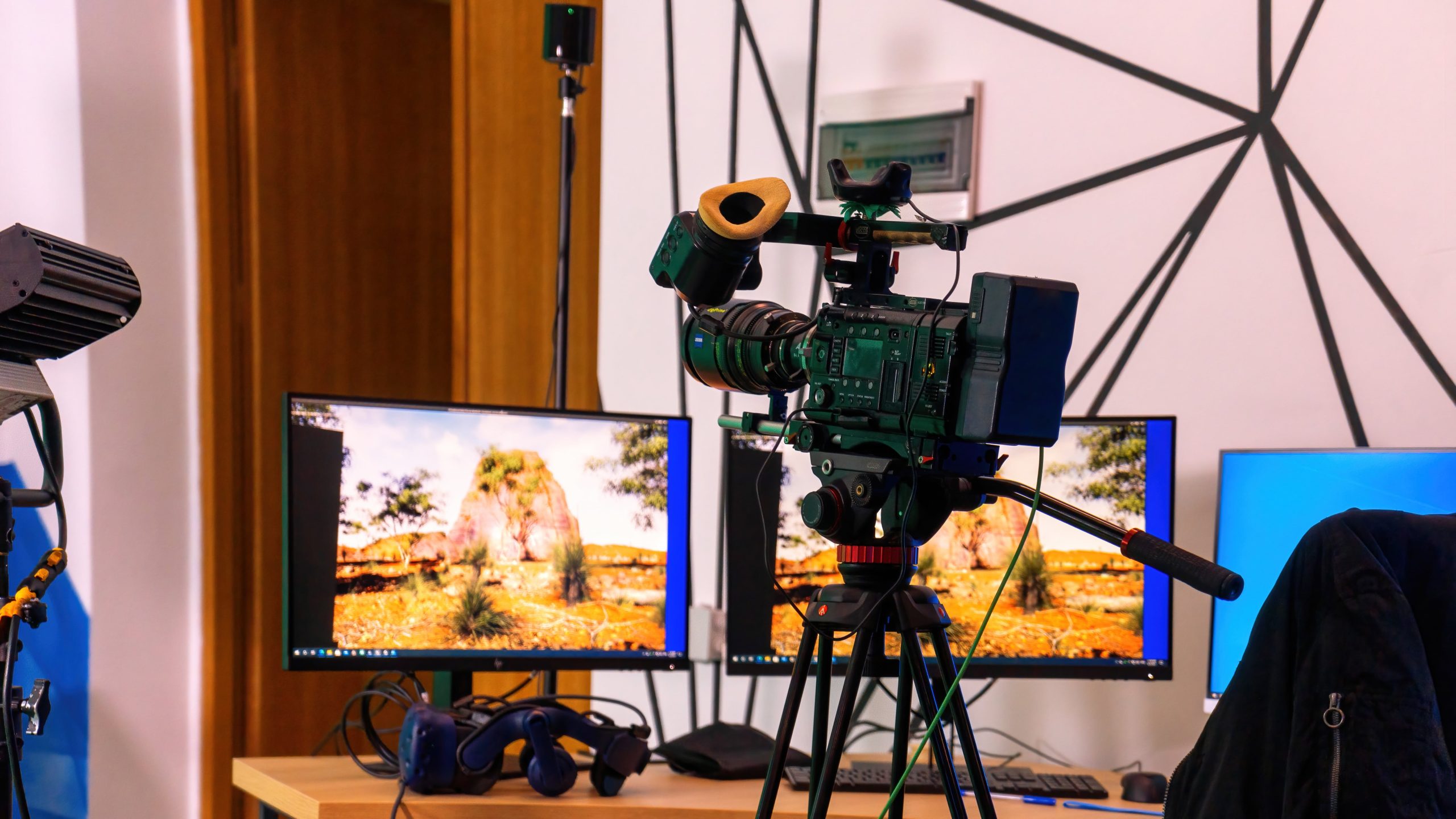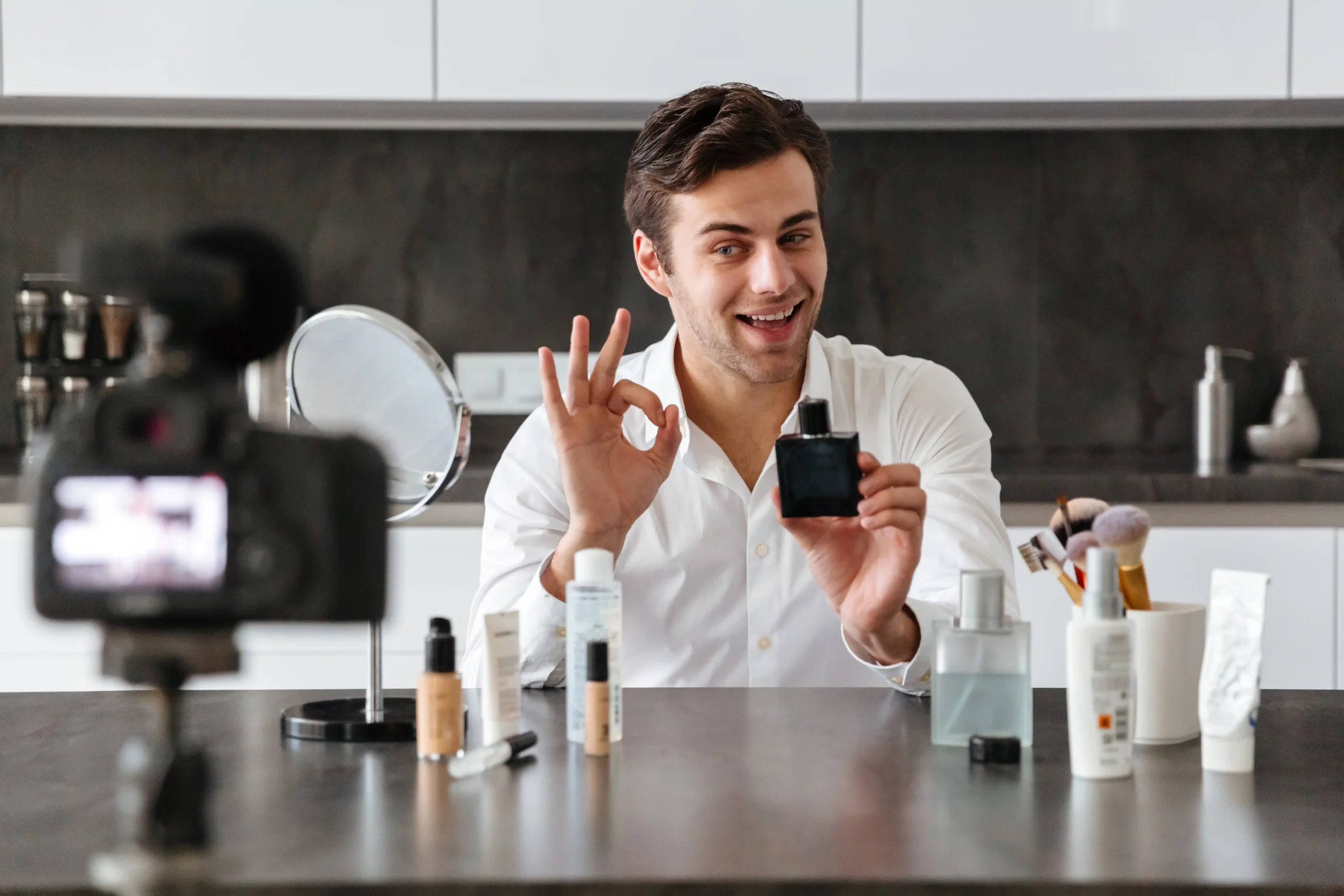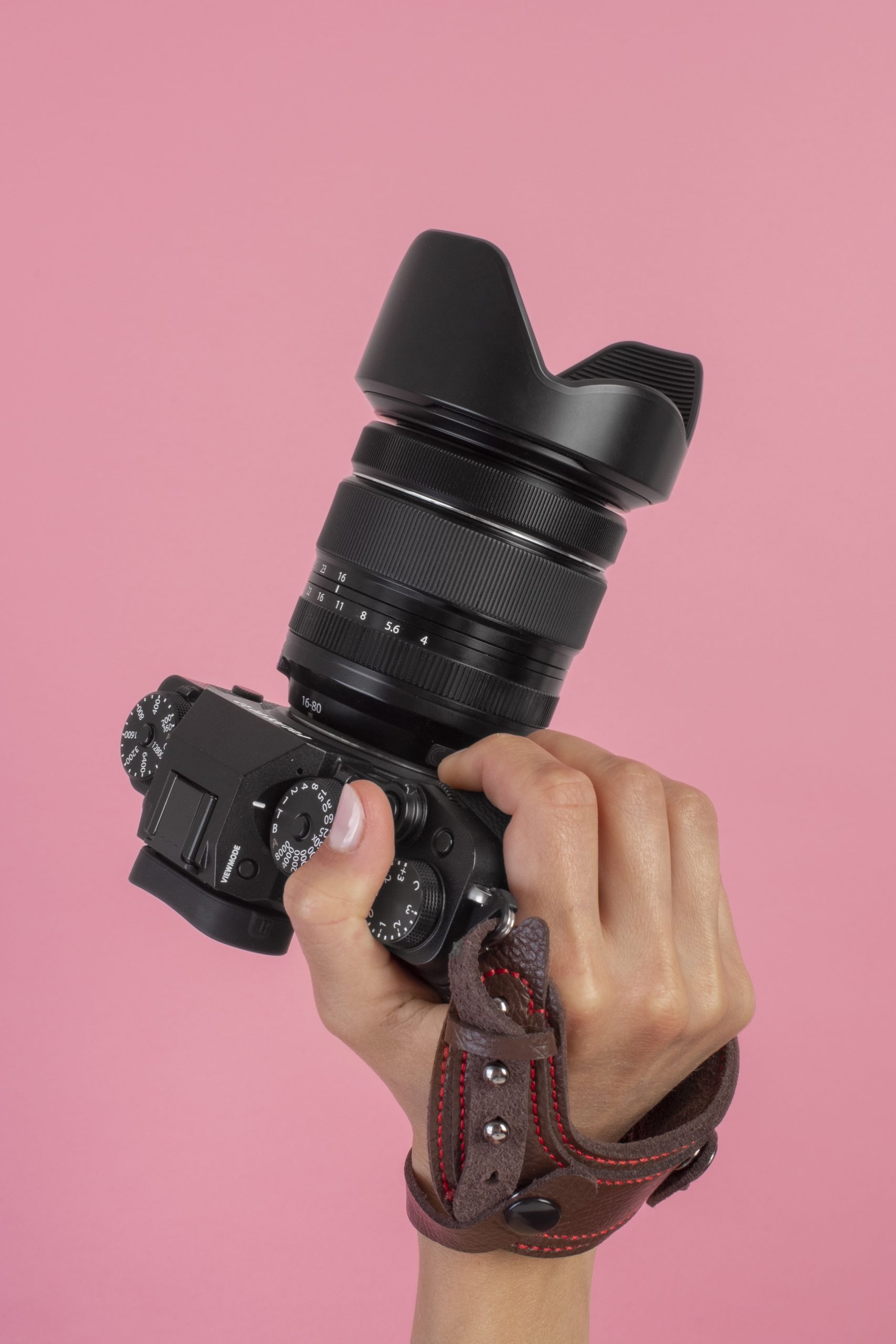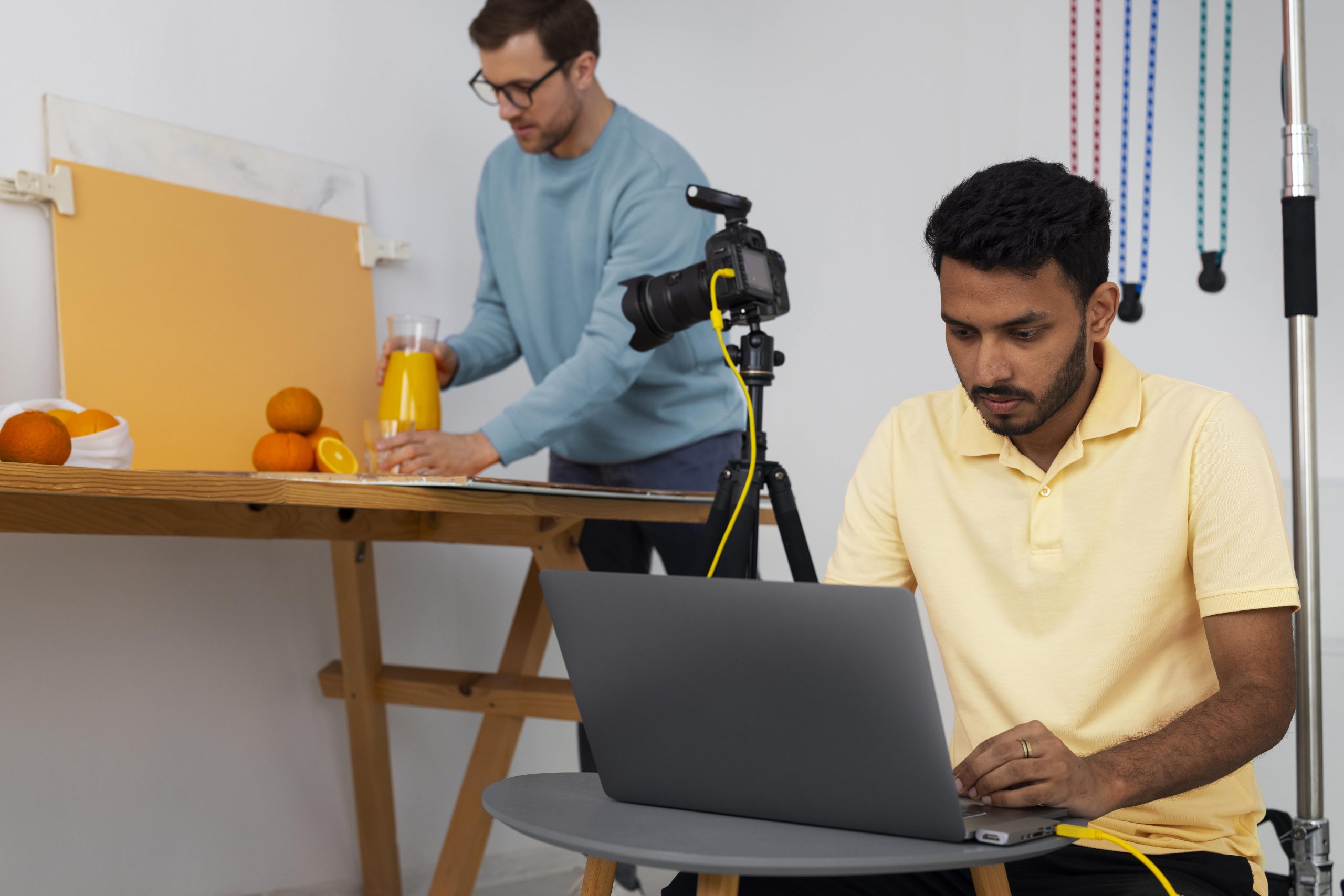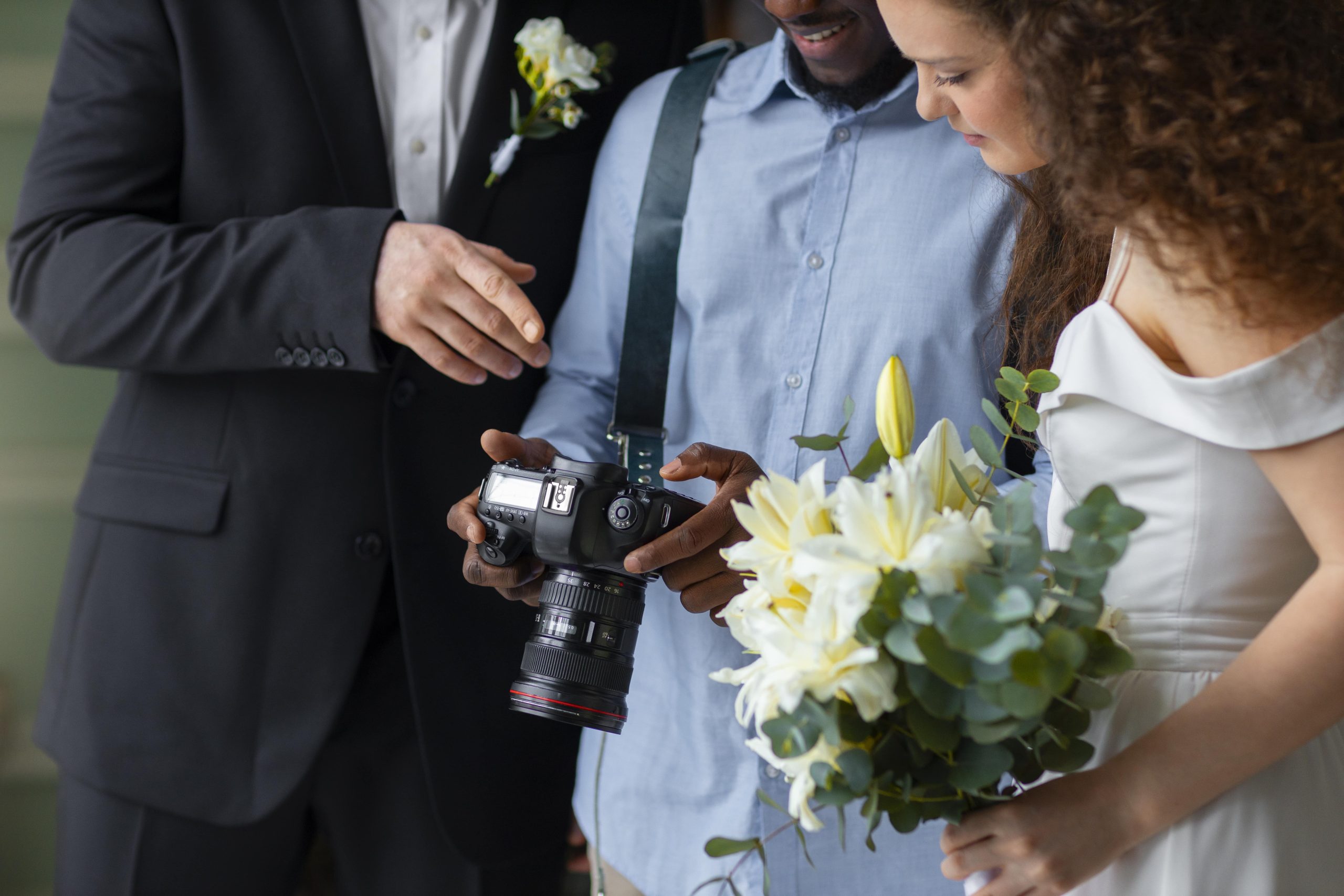Producing high quality video requires more than a good camera. It takes a complete toolkit where every piece plays its part. Lighting sets the right atmosphere, microphones ensure every detail is heard and cameras capture the visuals clearly. Together these tools bring professional results to life.
Understanding the main equipment gives you a better idea of how professionals deliver polished results Whether it’s a film, a commercial or a corporate shoot the right tools can turn an idea into a professional looking final product.
Professional Cameras
The camera is the main tool in any video production setup Professionals use cinema cameras DSLRs or mirrorless systems that capture sharp detailed images These cameras not only deliver high quality visuals but also record in formats that make editing and colour grading easier Some can even shoot in RAW which keeps all the original data for more flexibility later The choice of camera plays a big role in how polished the final video looks.
Lenses
The lens changes how a video feels. Wide lenses cover more of a scene which works well for landscapes or group shots Telephoto lenses zoom in on far away subjects and prime lenses produce sharp results with smooth background blur. Crews choose lenses based on the mood and style of the project. An interview may need a flattering close up lens while fast action may call for a wide lens that shows more movement.
In video production the lens is picked based on the mood and purpose of the shot. A close up interview needs a lens that shows the subject in the best way while an action scene may work better with a wide lens that captures more movement.
Tripods and Camera Supports
A steady shot is key for professional looking videos. Tripods keep the camera still for interviews or fixed scenes while adjustable heads allow smooth pans and tilts Tools like gimbals, sliders and dollies help the camera move without shaking giving you smooth cinematic shots.
Lighting Equipment
Lighting shapes the mood of a video LED panels softboxes and spotlights help control brightness shadows and colour temperature Good lighting ensures the subject stands out and the scene matches the intended atmosphere It also keeps the look consistent when shooting at different times or in different locations Without proper lighting viewers notice uneven colours and distracting changes from shot to shot.
Audio Equipment
Clear sound matters just as much as clear visuals Professionals use lapel mics, shotgun mics and boom mics to capture clean audio These are often paired with portable recorders for better control. The mic depends on the setting. A lapel mic works best for interviews while a shotgun mic is useful for picking up sound from a distance.
Green Screens and Backdrops
Green screens let editors replace the background later making it possible to create scenes that would be difficult or costly to film. They are common in movie ads and even corporate videos Backdrops are simpler but equally useful for interviews, product shots or presentations Both tools create a controlled environment and keep the attention on the subject.
Editing and Post-Production Tools
Once filming is complete the footage goes into editing Editors use software such as Adobe Premiere Pro Final Cut Pro or DaVinci Resolve to cut, arrange and refine clips. This stage includes colour correction sound design, adding music and placing text overlays. Post production is where raw shots are shaped into a finished video.
Storage and Backup Devices
High resolution videos take up a lot of space so reliable storage is a must Professionals usually rely on large memory cards portable hard drives and cloud storage to keep everything safe Backups are just as important to prevent losing footage from equipment issues or accidental deletion Many follow the 3 2 1 rule three copies of the files stored on two different types of media with one copy kept off site This way the project stays secure until the final delivery.
Why is BlueSky Production in Karachi the Best Choice?
Great videos need more than just cameras they need a team that understands your goals and knows how to turn them into visuals that connect BlueSky Production brings together creativity technical know how and professional equipment to cover every step from planning and filming to final edits.
That’s why so many clients in Karachi choose them, they don’t just produce videos they create content that leaves a lasting impression.
Conclusion
Every tool in video production plays a part in shaping the final result From cameras and lenses to lighting audio gear and editing software each element adds to the quality of the story Being equipped with the right gear and the expertise to use it allows production teams to turn concepts into professional polished videos that truly stand out.
FAQs
1. What type of camera is used in professional video production?
A: Professionals often use cinema cameras, DSLRs, or mirrorless cameras that can shoot in high resolution, such as 4K or higher, with interchangeable lenses.
2. Why is lighting so important in video production?
A: Good lighting controls the mood, removes unwanted shadows, and with the subject is clear and well-lit. Without proper lighting, even a great camera can produce poor results.
3. Do professionals use separate microphones?
A: Yes. External microphones such as lapel mics, shotgun mics, and boom mics capture clear sound, which is usually better than the camera’s built-in audio.
4. Is editing software part of the equipment?
A: Absolutely. Professional editing software like Adobe Premiere Pro or DaVinci Resolve is essential for cutting, colour correction, adding effects, and creating the final video.

